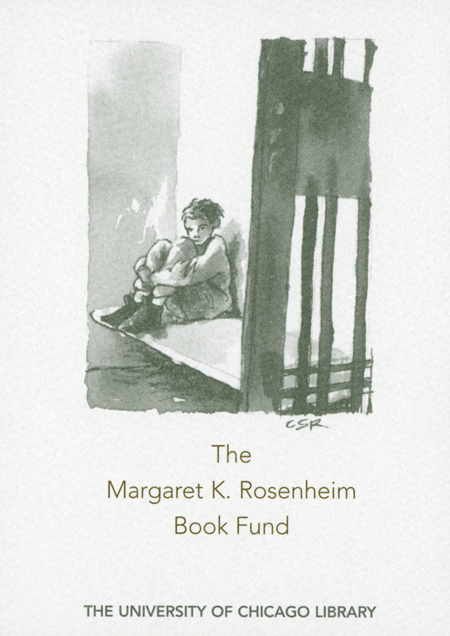Effective psychotherapy for individuals with brain injury /
Saved in:
| Author / Creator: | Ruff, Ronald M., author. |
|---|---|
| Imprint: | New York : The Guilford Press, [2014] |
| Description: | xix, 248 pages : illustrations ; 24 cm |
| Language: | English |
| Subject: | |
| Format: | Print Book |
| URL for this record: | http://pi.lib.uchicago.edu/1001/cat/bib/10094049 |
Table of Contents:
- Part I. Understanding and Diagnosing Emotional Changes Following Acquired Brain Injury
- 1. Psychotherapy after Acquired Brain Injury
- Definition and Prevalence of ABI
- Undervaluing Treatment for Emotional Symptoms Following ABI
- Why Are Psychological Interventions Underutilized?
- The Role of a Psychotherapist in an Inpatient AB1 Unit
- Outpatient Psychotherapy
- What Works and What Doesn't?
- Best-Suited Psychotherapeutic Treatments for Patients with ABI
- Individuals Unlikely to Benefit from Psychotherapy
- Don't Relinquish Hope Too Quickly
- Summary
- 2. The Brain's Regulation of Emotions
- Why Does Human Survival Depend on Emotions?
- Which Parts of the Brain Regulate Emotions?
- Summary
- 3. How Are Emotions Experienced?
- The Importance of Emotions in Daily Life
- Patients' Understanding of Emotions
- Cultural Influences on Our Basic Understanding of Emotions
- Cultural Perspective Taking
- Scientific View of Emotions
- Advanced Understanding of Emotional Processing
- Summary
- 4. Emotional Symptoms and Personality Changes Following Acquired Brain Injury
- Hemispheric Specialization of Emotional Functions
- A Personal Account
- The Frontal Lobes, Executive Functions, and Emotion
- Summary
- 5. Diagnostic Framework and Comprehensive Assessment for Psychotherapy
- Diagnostic Framework
- The Patient's Experience of the Diagnostic Process
- Assessing Mood Disorders
- Assessing Personality Characteristics and Disorders
- Obtaining Patient History
- Psychometric Assessment of Residuals Following ABI
- Summary
- Part II. Psychotherapeutic Interventions Adapted for Patients with Acquired Brain Injury
- 6. Modifying Psychotherapy for Individuals with Acquired Brain Injury
- Replacing Retrospective Psychotherapy with Prospective Psychotherapy
- Facilitating an Understanding of the Altered Self
- Understanding a Patients Readiness to Change
- Accepting the Effects of Brain Injury
- Summary
- 7. A Biopsychosocial Treatment Approach
- Barriers to the Biopsychosocial Approach
- Problem-Oriented Approach to Promoting Transdisciplinary Treatments
- Summary
- 8. Treating Anxiety and Stress
- Understanding the Different Sources of Anxiety and Stress
- Therapeutic Approaches
- Summary
- 9. Treating Depression
- Assessing Depression in Patients with ABI
- Psychotherapeutic Approaches
- Summary
- 10. Treating Anger
- Understanding the Different Sources of Anger
- Assessment of Anger Manifestations
- Therapeutic Approaches
- Summary
- 11. Acceptance through Mindfulness
- What Is Mindfulness?
- Cognitive-Behavioral Therapy versus Mindfulness
- Triggering Fight or Flight with Thoughts
- Getting Buy-In from Patients
- Treating Patients Who Are Stuck in Various Forms of Rumination
- Summary
- 12. Rebuilding a Meaningful Future
- Accepting the New Self
- Energy Management
- Goal Setting
- Creating a Meaningful Future
- Conclusion
- Appendix I. Neuropsychiatry Profile: Preassessment Patient Questionnaire
- Appendix II. Smartphone Applications and Web-Based Resources for Therapists and Patients
- References
- Index

